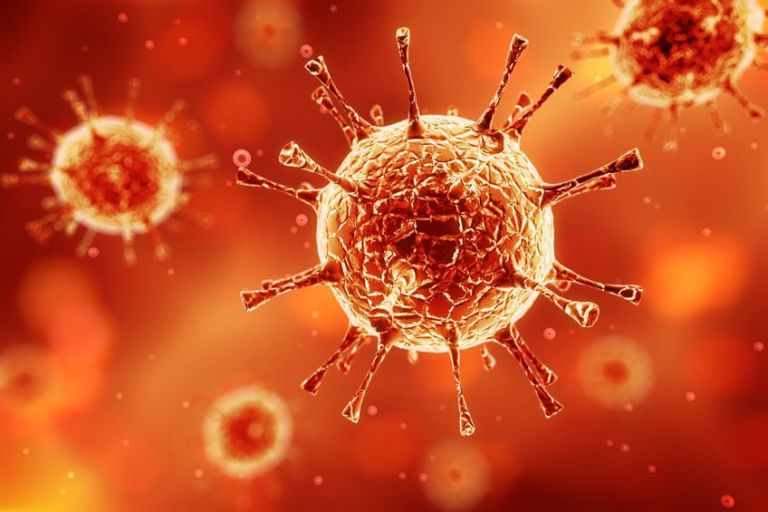07 Apr The World of Viruses
In January, virologists in China isolated a new virus. In March the Coronaviridae Study Group of the International Committee on Taxonomy of Viruses named the virus SARS-CoV-2. Most people call it the coronavirus. The virus causes a disease called Covid-19. The vocabulary can be very confusing. The goal of this article is to shed some light on the various terms.
Let’s start with taxonomy, a scheme of classification of things, especially living things. A Swedish naturalist named Carolus Linnaeus is considered the “Father of Taxonomy”. In the 1700s, Linnaeus developed a method we still use today to name and organize species. The table below shows one version of the Linnaean Classification of Humans.
| Kingdom | Animalia |
| Phylum | Chordata |
| Subphylum | Vertebrata |
| Class | Mammalia |
| Subclass | Theria |
| Infraclass | Eutheria |
| Order | Primates |
| Suborder | Anthropoidea |
| Superfamily | Hominoidea |
| Family | Hominidae |
| Genus | Homo |
| Species | Sapiens |
The level of detail can make your head hurt. We humans are often referred to simply as Homo Sapiens. There is much more detail beyond the table if you want to drill down. When it comes to viruses, the taxonomy makes the human taxonomy look really simple. See the following table from Nature.com to get a glimpse of it. The complete 8,000-word article is here.

To put the complexity in perspective, consider SARS-CoV-2, the cause of the pandemic, is one of 6,828 virus species which have been named. Researchers say they know of hundreds of thousands more species. Some believe there may be trillions waiting to be found. This is the virosphere.
The good news is there are a number of profound research projects underway to deal with the world of viruses. This is incredibly important because viruses are not going away. Some experts are saying a new and different virus will appear next year or even later this year. Hopefully, we will be ready. The wake up call this time was so loud and clear, I believe we will be prepared.
One new approach under development is the use of synbio, as described in last week’s e-brief. A vaccine made from synthetic ingredients can potentially offer some significant advantages. The big one is scalability. Synbio vaccines could be produced efficiently for millions or even billions of doses. Synbio vaccines are developed using computer models, not flasks and test tubes. With billions of calculations, a nanoparticle can be designed which has the exact properties desired. The really big breakthrough with synbio is the attachment of multiple different viral molecules to the nanoparticle and thereby create a universal coronavirus vaccine. One vaccine for all corona viruses. That will be the breakthrough.
Another positive development in the silver lining of the coronavirus cloud is tech companies large and small are jumping in the boat to help. For example, IBM is collaborating with the White House Office of Science and Technology Policy and the Department of Energy to launch the COVID-19 High Performance Computing Consortium. The Consortium will provide supercomputing power to researchers developing predictive models to analyze the coronavirus progression and identify potential treatments. Researchers from around the world can submit proposals, and the Consortium will select the projects which could have the most immediate impact. Other partners in the consortium include NASA, MIT, and the Argonne National Laboratory.
Another significant Covid-19 effort is taking place at Oak Ridge National Laboratory in Oak Ridge, Tennessee. As of November 2019, Oak Ridge had the fastest supercomputer in the world. It is capable of performing one thousand million million (1015) operations per second.
Scientists at Oak Ridge have deployed the massive supercomputer to look for compounds which can bind to the “spike protein” of the virus. It is the spike protein which the virus uses to infect host cells. The right compound could render the spike protein ineffective, and the virus would be stopped from spreading. Using digital models, the supercomputer can simulate how particles in the viral protein would react to different drug compounds. The researchers started with a list of 77 compounds and narrowed it down to the top seven most promising candidates which could become effective treatments for covid-19. The research is at the early stage but I believe we can be hopeful.
John Patrick is available for virtual and in-person keynotes. The post The World of Viruses appeared first on johnpatrick.com.
